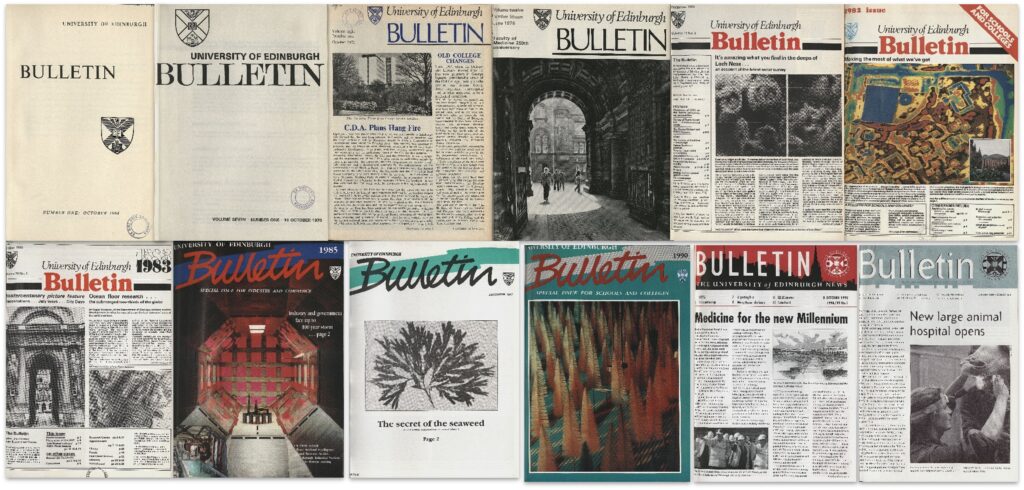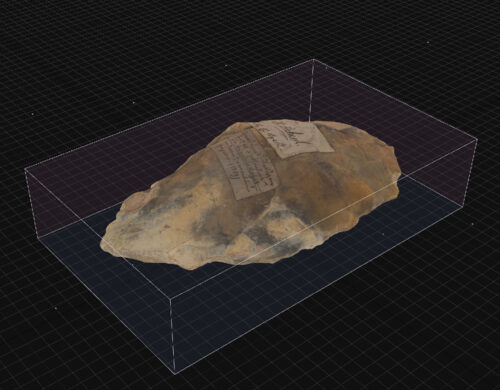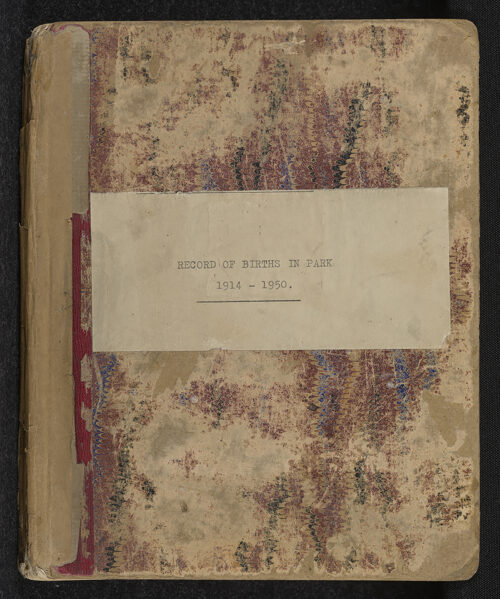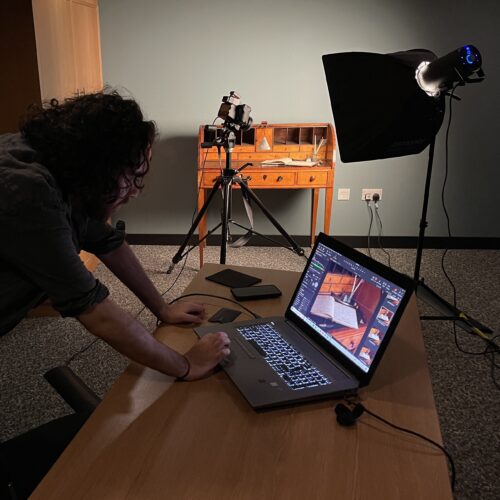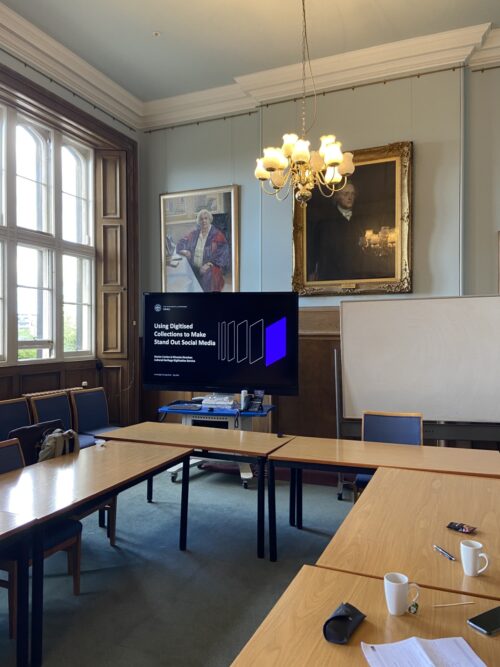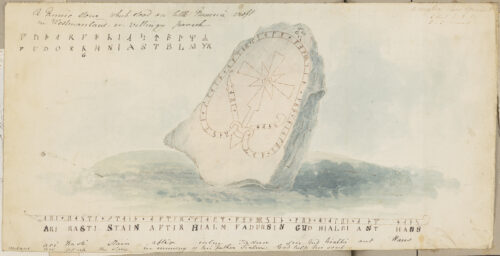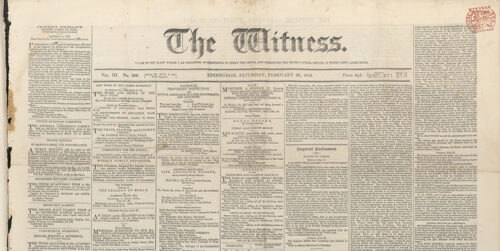
We’ve been working on digitising The Witness for quite some time now. Here’s a little background information from our previous post on the publication: ‘A twice weekly newspaper, The Witness was created by the Church of Scotland in 1840 and edited by Hugh Miller, an influential writer, geologist and stone mason. In 1843 The Church of Scotland was faced with 200 ministers walking out citing political interference, an event which came to be known as the Disruption and led to the Free Church being established. Presbyterianism is founded on the basis that the people make the decisions, not an elite hierarchy, and the only head of the church, is God. This makes The Witness newspaper a fantastic primary source covering a significant event in Scotland’s social and religious history, and as such, a prime candidate for digitisation.’
As the editions are bound into large format volumes, we decided to contract the digitisation to a company called Autodocs. Digitisation operators Miranda and Marian then took over the quality control and processing of the files and made some fun discoveries along the way – let’s hear from them!
